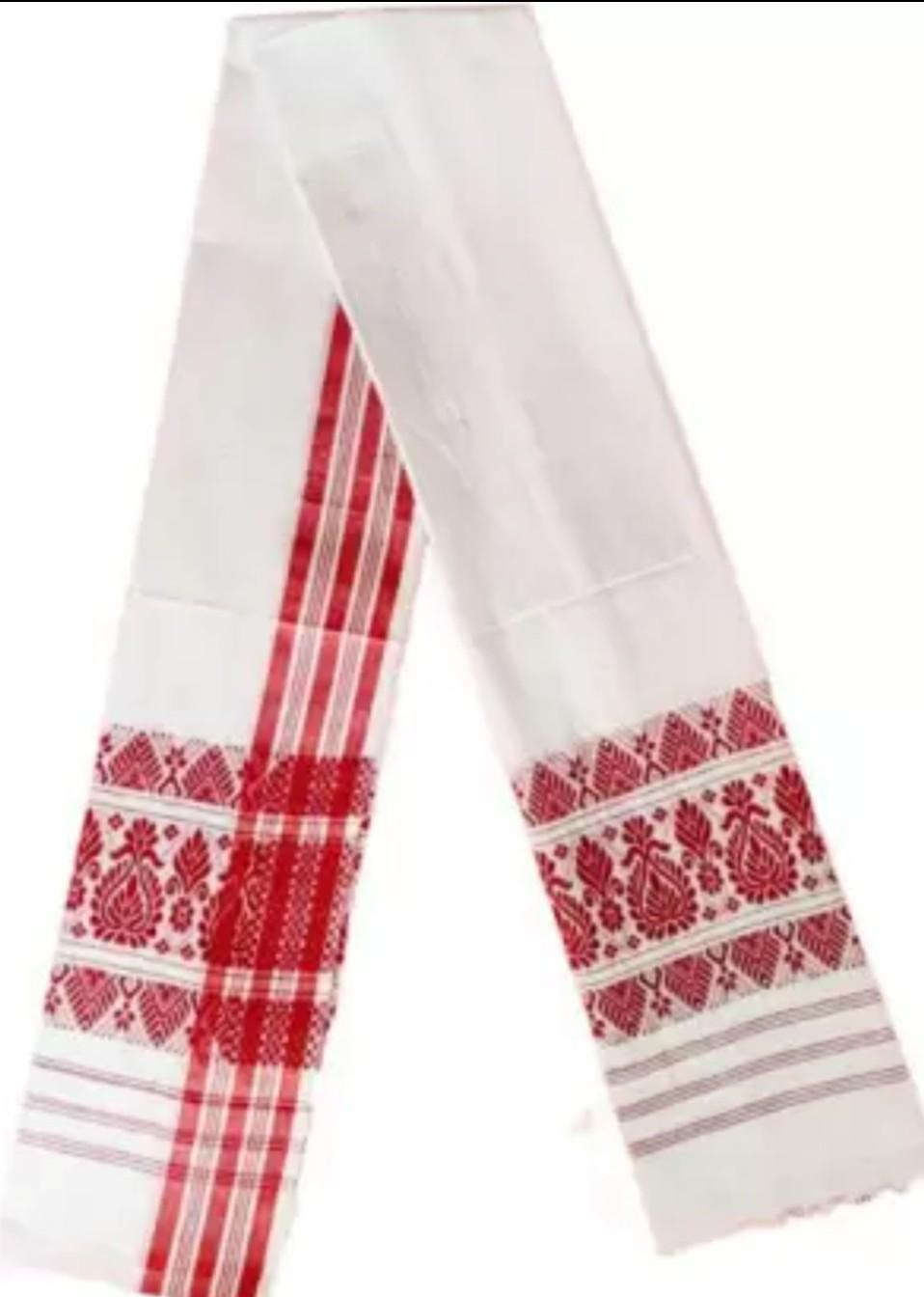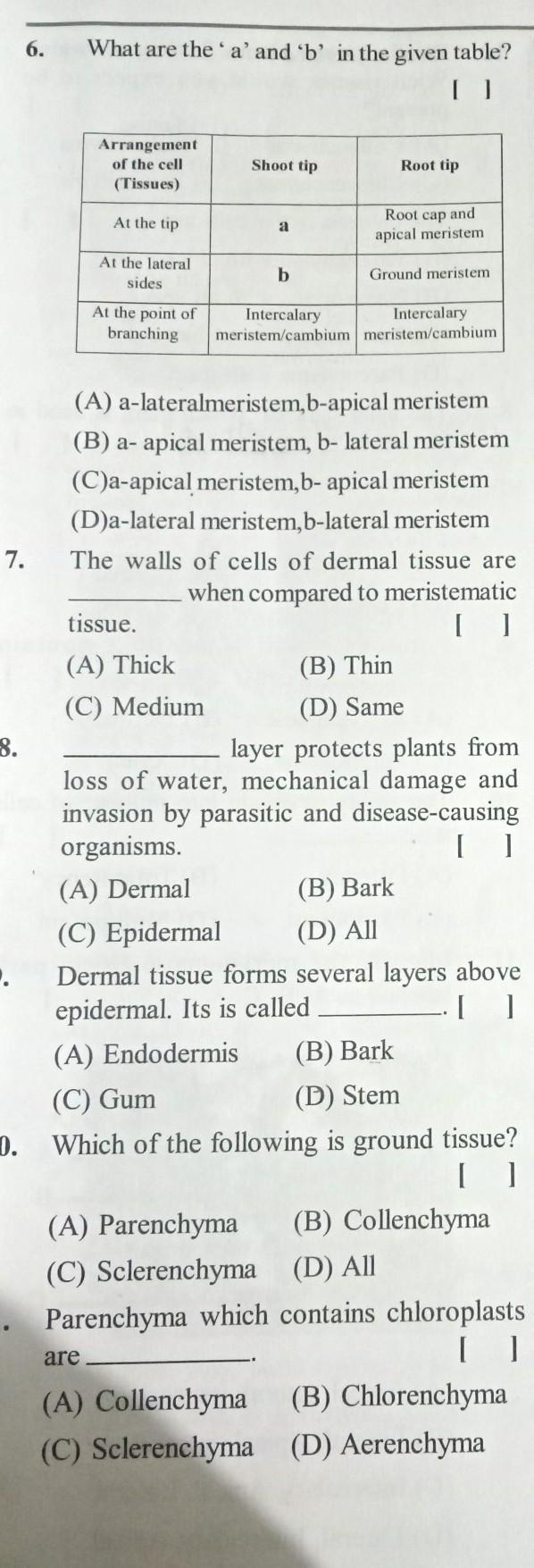Answer:
A gamucha (from Bengali গা (ga) and মুছা (muchha) 'Body wipes or Towel') is a traditional thin, coarse cotton towel, often with a checked design, found in the Indian subcontinent, mainly India, Pakistan, Bangladesh, as well as various parts of South and Southeast Asia. It is used for drying the body after bathing or wiping sweat. It is often worn on one side of the shoulder. Its appearance varies from region to region, and it has been traditionally worn as a scarf by the men of Odisha which was mentioned in Odia Mahabharata by Sarala Dasa. Male villagers wear it as a dhoti. Children of tribal communities in Odisha wear gamucha until their adolescence after which they wear dhoti. Weavers of traditional tantubaya or jugi community migrated from Bangladesh to Tripura and weavers of Odisha produce good quality gamucha. This is also used as turban and cotton towel in Punjab. They call it parna.
The gamucha is most commonly found with check and striped patterns of red, orange or green. Plain white gamchhas with coloured (embroidered or printed) borders from Odisha and Assam (for traditional Assamese Gamucha, see Gamosa) are local handicrafts, and may be worn around the neck with traditional Indian attire. In western areas, gamucha is primarily made in red colour and are plain like cloth. In southern India, gamucha is more coarse and are available in various dyes. Even homemade lightweight fur towels are also popularly termed as gamchhas. Gamucha are worn by the South Asian people, especially in the Indian states of Andhra Pradesh, Bihar, Odisha, West Bengal, Jharkhand and the Purvanchal region, because they are not as thick as Western-style towels and better suited to the country's tropical, humid climate. In Afghanistan they are also used and are commonly referred to as dismaal. They may also be found in Central Asian, Middle Eastern and Turkish hamams as a traditional male loincloth and towel worn during bathing and massage.


